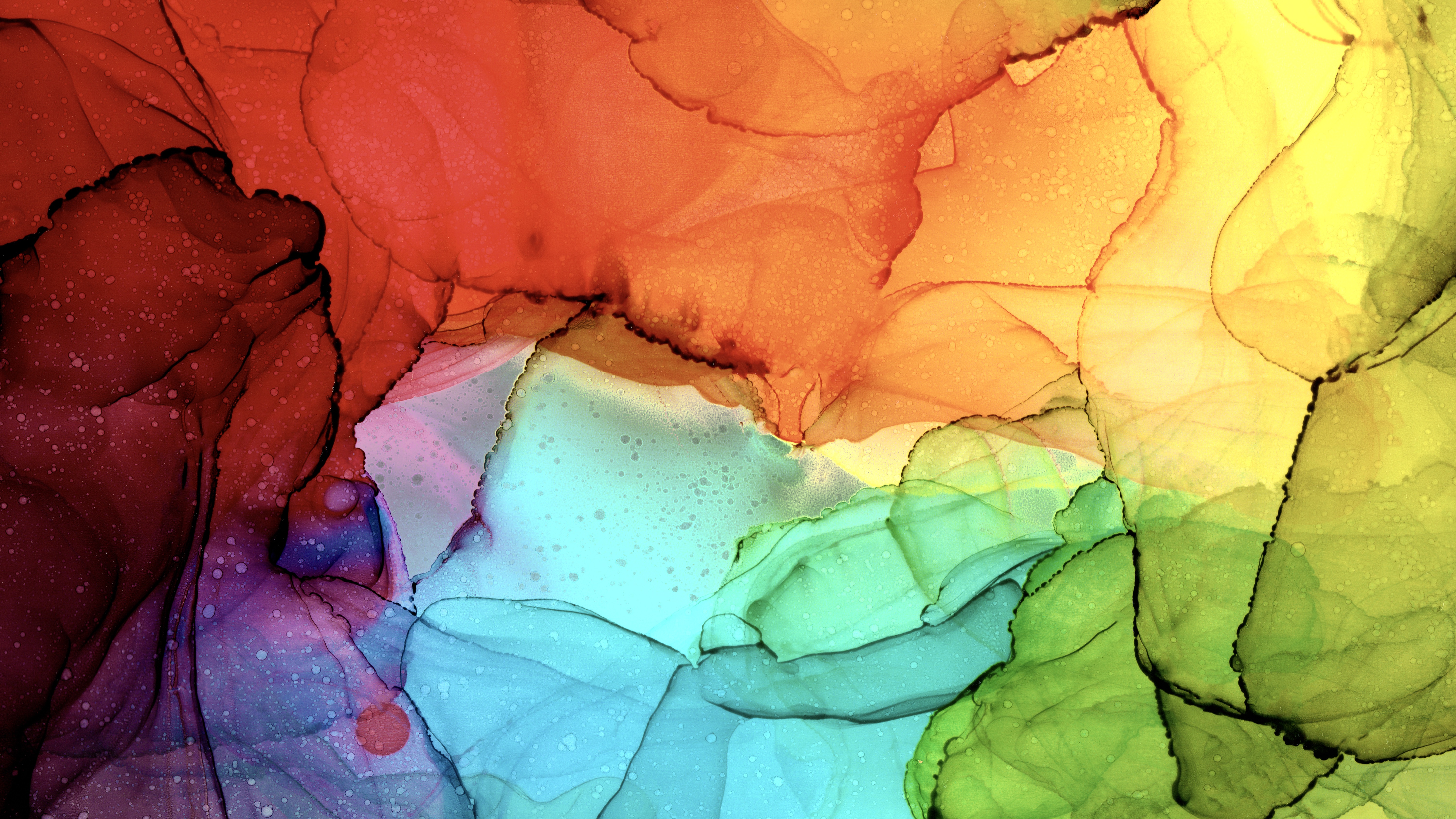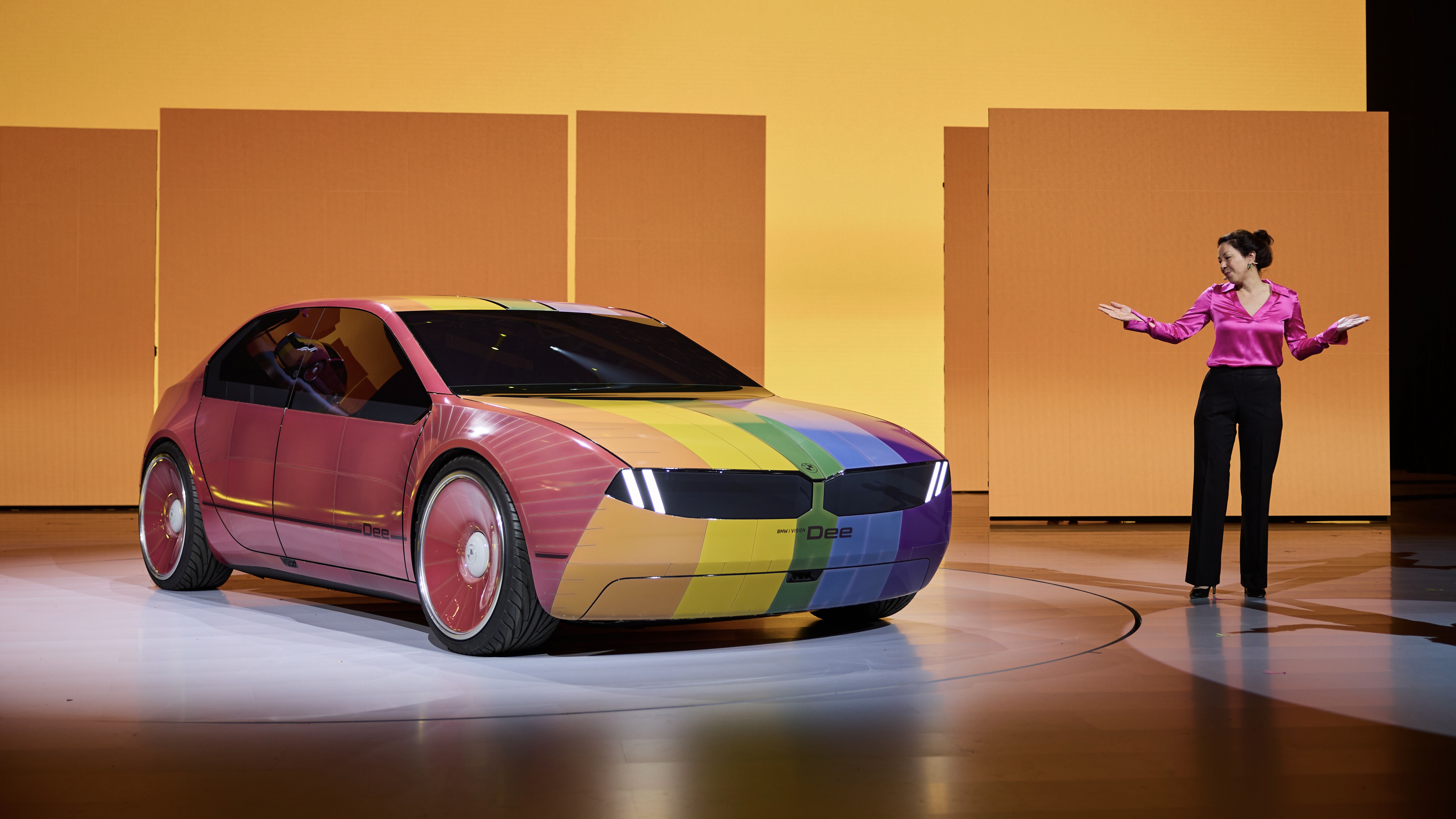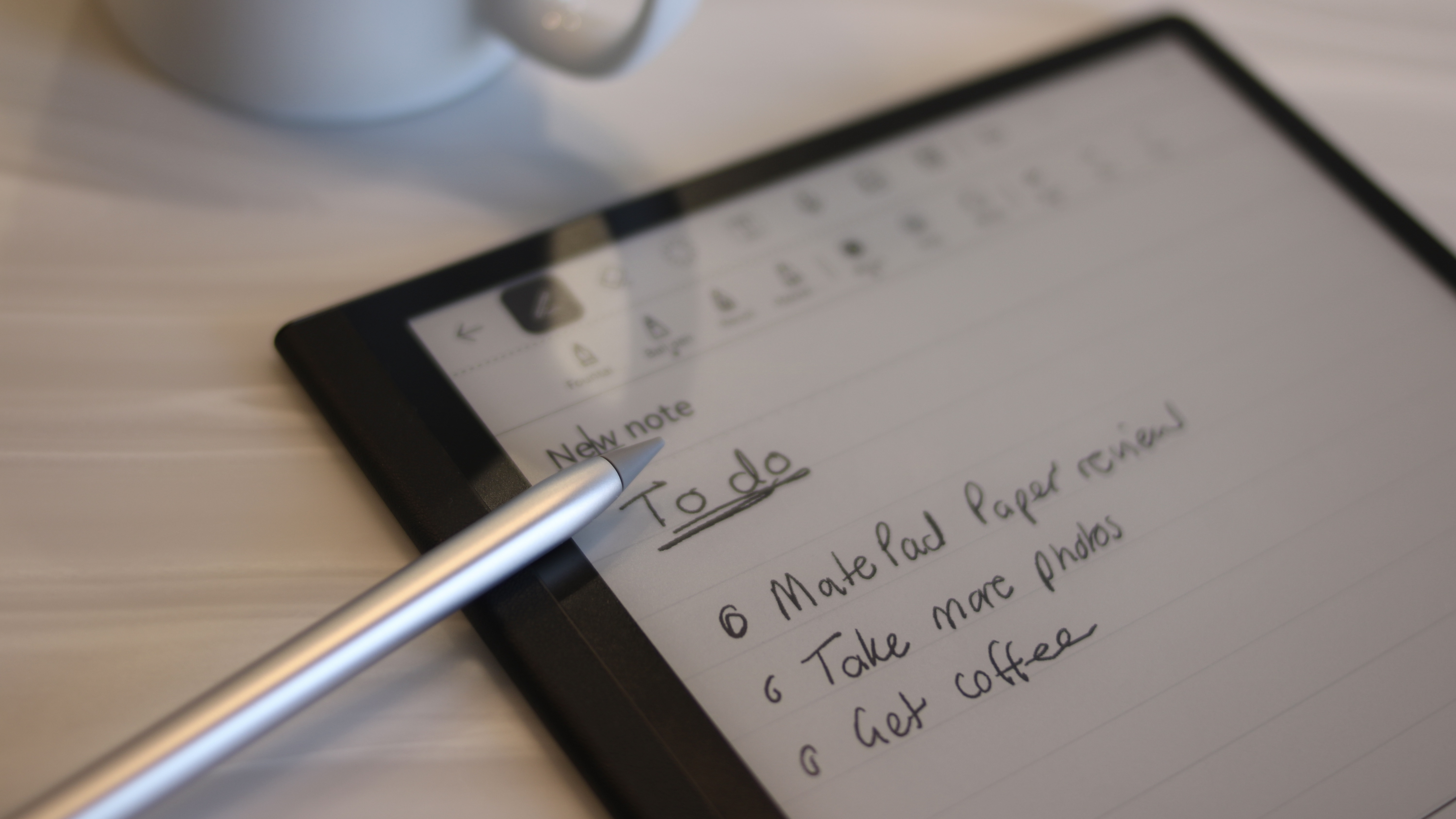E-ink is on-trend and I'm all for it
Colour-changing cars and VR books aside, the E-Ink renaissance is sure to leave a lasting impression on the enterprise


This article originally appeared in issue 34 of IT Pro 20/20, available here. To sign up to receive each new issue in your inbox, click here
The technology industry has suddenly taken a shine to E-Ink, going by the products on show at this year’s CES. You may have seen BMW’s colour-changing concept car, the i Vision Dee, which goes from monochromatic to rainbow in seconds thanks to advances in E-Ink.
Electronic ink, or E-Ink, is a concept first conjured as far back as the 1970s. The big idea was to replicate paper digitally, and the technology has cropped up periodically over the course of tech history. Some of the first smartphones, such as the Motorola F3 used E-Ink, for example, and it’s the technology Amazon’s Kindle displays are based on. Beyond e-books, though, it’s also developed into electronic replications of pencil-like sketch pads, digital versions of the Etch-a-sketch, if you like – as well as, more recently, full-colour tablets and outlandish concepts like BMW’s i Vision Dee.

We now have a rich variety of E-Ink products flooding the market. These include the Lenovo Smart Paper, and its strange doubled display laptop, the ThinkBook Twist. The latter is an update to a previous model that featured a lower-quality black-only E-Ink display. But these new models also suggest that we, end users, have given manufacturers reasons to experiment with E-Ink.
Hands-on with the Huawei MatePad Paper
I began using an E-Ink device last year and I just couldn’t stop. For all its regulatory troubles and shady global reputation, Huawei has a remarkably good track record when it comes to influential innovations, such as those in the P50 smartphone. I have the company’s MatePad Paper, which was launched at MWC 2022, and it’s a sort of black-ink-only tablet that combines the grayscale of an e-reader with the artistic capabilities of a tablet. No one had released anything like it last February, but it might serve as a good entry point for this unexpected trend.
It feels like a very thin, yet sturdy leathery book, with just a 6.65mm thickness. It comes with a fairly chunky Huawei Pen magnetically attached to the side (where it also charges), a fingerprint reader at the top, and volume buttons on the side. It’s very minimalistic. The grayscale display is easy on the eyes and feels almost like the paper of a good book or drawing pad. This is innovative technology disguised as something from the past, and I love it.
That said, the MatePad Paper is by no means perfect; it’s littered with problems, like very slow performance and a tendency to jump away from applications when you accidentally touch its sides. It has all the capabilities of a normal tablet, but you need deep wells of patience to watch a YouTube video or scroll a website on its painfully slow grayscale display.
Get the ITPro daily newsletter
Sign up today and you will receive a free copy of our Future Focus 2025 report - the leading guidance on AI, cybersecurity and other IT challenges as per 700+ senior executives
There’s also that frustrating lack of Google Play services which has dogged Huawei for the last three years. The alternative is to use Huawei’s App Gallery, but that doesn’t allow you to download your favourite apps unless you install the APKPure emulator, which essentially adds more time and faff to app downloads. It’s an annoying user experience, to say the least, but here I am still actually using the bloody thing now (at the time of writing).

This is partly because I’m a relentless writer of lists, brain farts and childish doodles. Before I received the MatePad Paper I filled notepads like a fiend; I have loads of them in drawers and cupboards and two sat on my desk. I dread to think what my carbon footprint is, but it’s a part of who I am and the Huawei device allowed me to do all that without using up so much of a certain resource.
E-Ink is ready to spread all over the place
RELATED RESOURCE

Ignite your innovation engine
Technologies and solutions that help you innovate, adapt, and grow
The business use cases of E-Ink are starting to come to the fore but, initially, it may just be for note takers, e-readers and illustrators. But the technology is getting better and might open up a realm of possibilities, particularly now it can support such vivid colours. I’m hoping Lenovo’s Smart Paper will be quicker and more interoperable than Huawei’s model. If not, then there’s Amazon Kindle Scribe and the cheaper ReMarkable tablet to try out.
Moving away from tablets, the world of E-Ink gets a little stranger. The BMW car is quite mad when you think about it; you could probably change its colour to get away with some driving offences. But it gets stranger still. Also at CES was the Sol Reader, an e-reader that you wear on your face. Well, it’s actually a VR headset – though they look more like goggles – that lets you read a book without actually holding one. Page turning has become too much of an effort, it seems.
Going back to more sensible applications, the ThinkPad Twist is a genuinely exciting new form factor. It’s also a great example of E-Ink’s unexpected benefits as its second E-Ink screen is a low-power option that saves battery life. You keep the high-quality OLED display, but if you want to use the laptop without draining the battery, then you also have that backup. Why read text or take notes with a big old power-hungry display when you can simply switch it around and use the paper-like screen?
We are at the beginning of an E-Ink renaissance, and things may get very weird before they get useful – like colour-changing cars and goggles – but there is definitely something special in the works worth taking note of here.
Bobby Hellard is ITPro's Reviews Editor and has worked on CloudPro and ChannelPro since 2018. In his time at ITPro, Bobby has covered stories for all the major technology companies, such as Apple, Microsoft, Amazon and Facebook, and regularly attends industry-leading events such as AWS Re:Invent and Google Cloud Next.
Bobby mainly covers hardware reviews, but you will also recognize him as the face of many of our video reviews of laptops and smartphones.
-
 Bigger salaries, more burnout: Is the CISO role in crisis?
Bigger salaries, more burnout: Is the CISO role in crisis?In-depth CISOs are more stressed than ever before – but why is this and what can be done?
By Kate O'Flaherty Published
-
 Cheap cyber crime kits can be bought on the dark web for less than $25
Cheap cyber crime kits can be bought on the dark web for less than $25News Research from NordVPN shows phishing kits are now widely available on the dark web and via messaging apps like Telegram, and are often selling for less than $25.
By Emma Woollacott Published